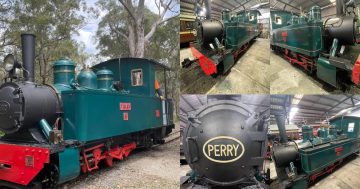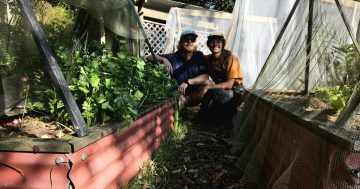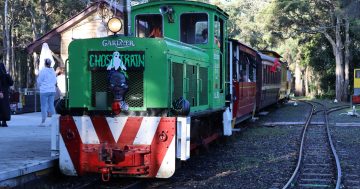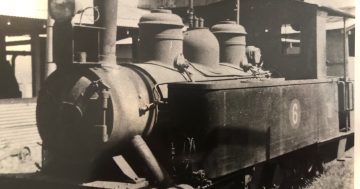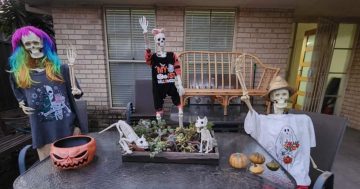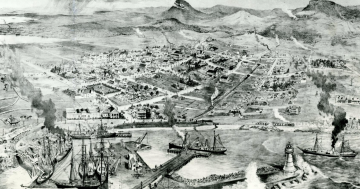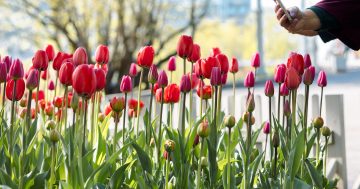
Illawarra Light Railway Museum treasurer Brad Johns in his favourite locomotive, Cairns. Photos: Region.
Walking through the Loco Shed at the Illawarra Light Railway Museum with treasurer and train enthusiast Brad Johns feels like an intimate introduction to his oldest friends.
“They’ve all got stories, every one of them,” he says.
“You really get to know them. I reckon the steam locomotive is the closest thing to a person that humans ever built.”
The shed houses the museum’s many locomotives and passenger cars when they’re not in use by Australia’s Industrial Narrow Gauge Railways.
Perhaps the most famous is the Kiama. Built in Ohio in 1917, it came to Australia to work on the Cordeaux Dam construction before moving onto the Menangle Rail Yard to haul sand out of the Nepean River bed for the construction of the Sydney Harbour Bridge.
It worked in Kiama from 1936 to 1941 before finding its home at the museum in 1977 where it was lovingly restored.
Perry, AKA the “hundred-dollar special”, was the first steam engine to join the museum in 1973 after working for Tully Sugar Mill in North Queensland.
“After it was retired it became a kid’s play item at the El Arish Country Club at Tully,” Brad says.
“When it was no longer suitable for that, they wanted to get rid of it, so we got Perry for $100.”
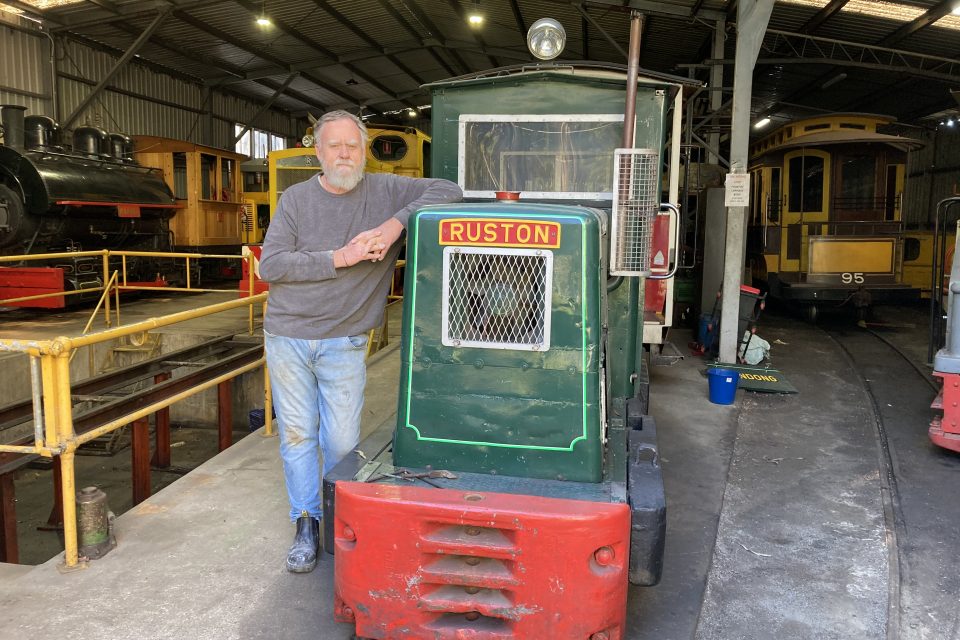
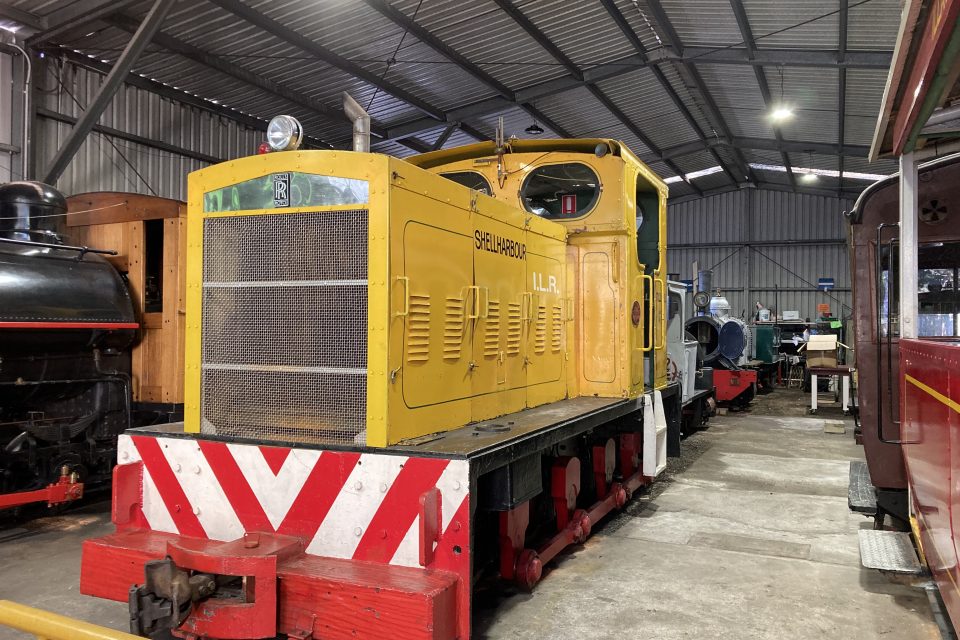
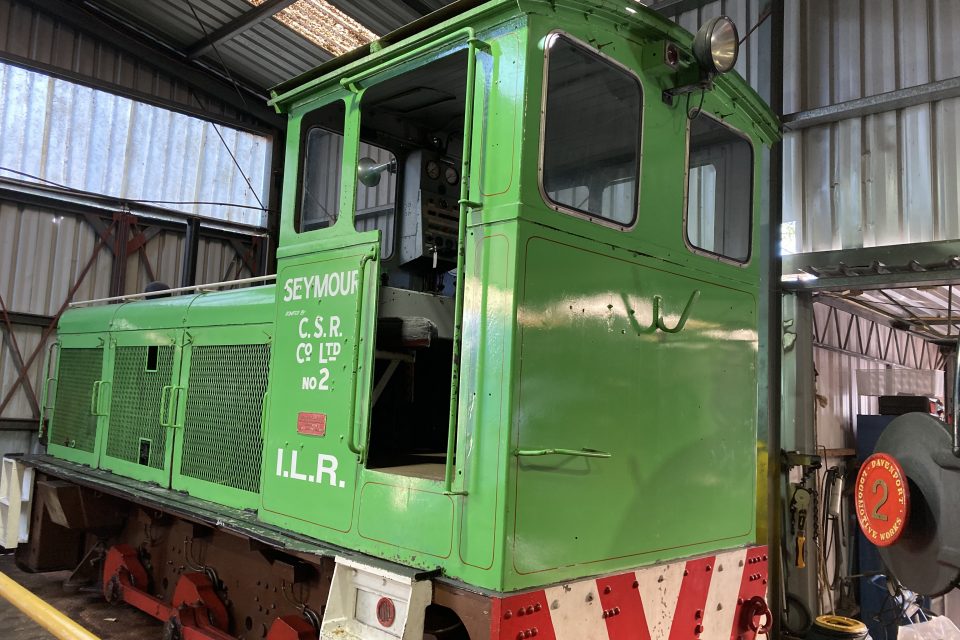
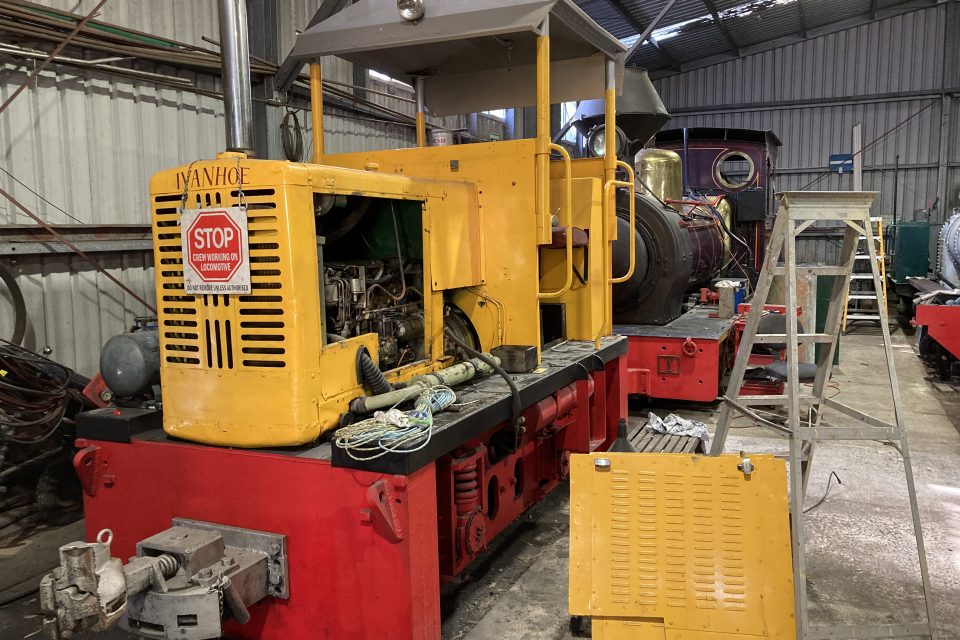
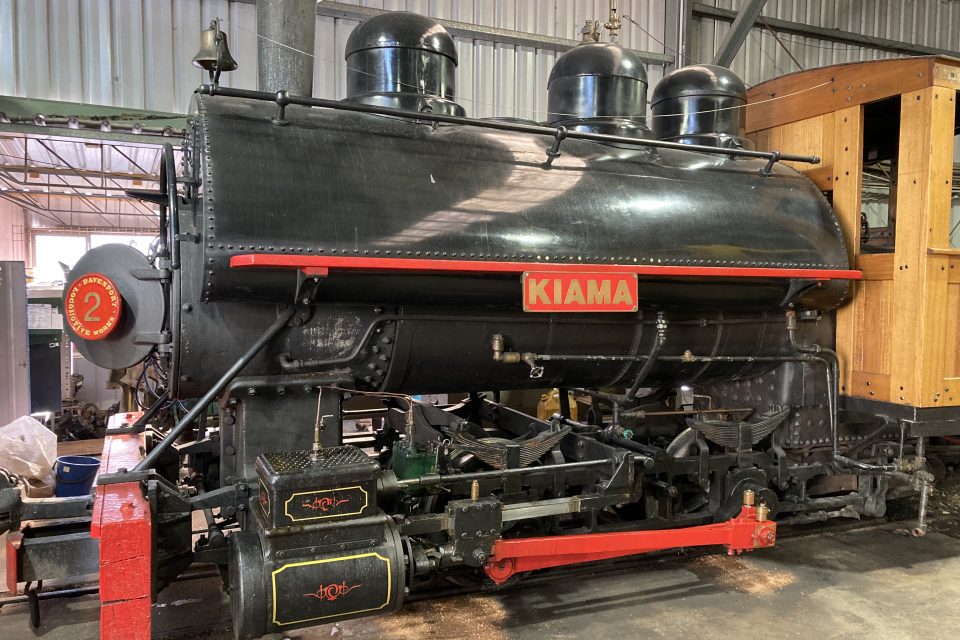
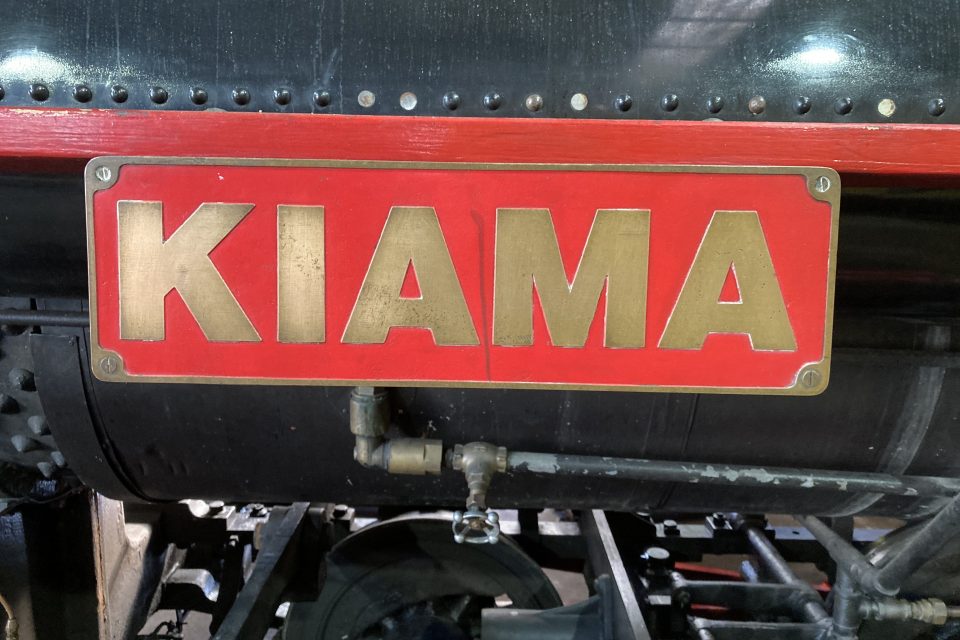
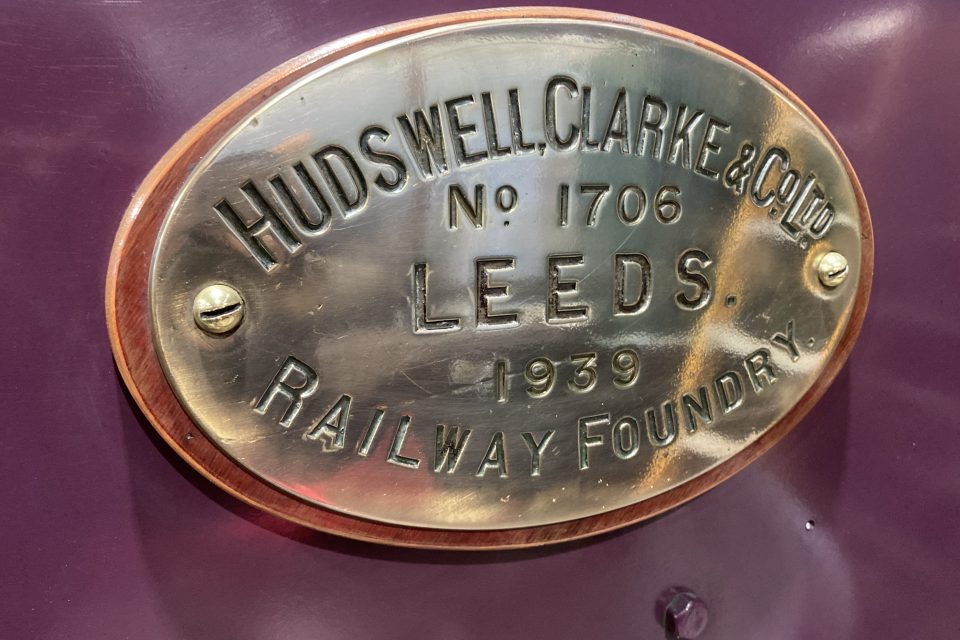
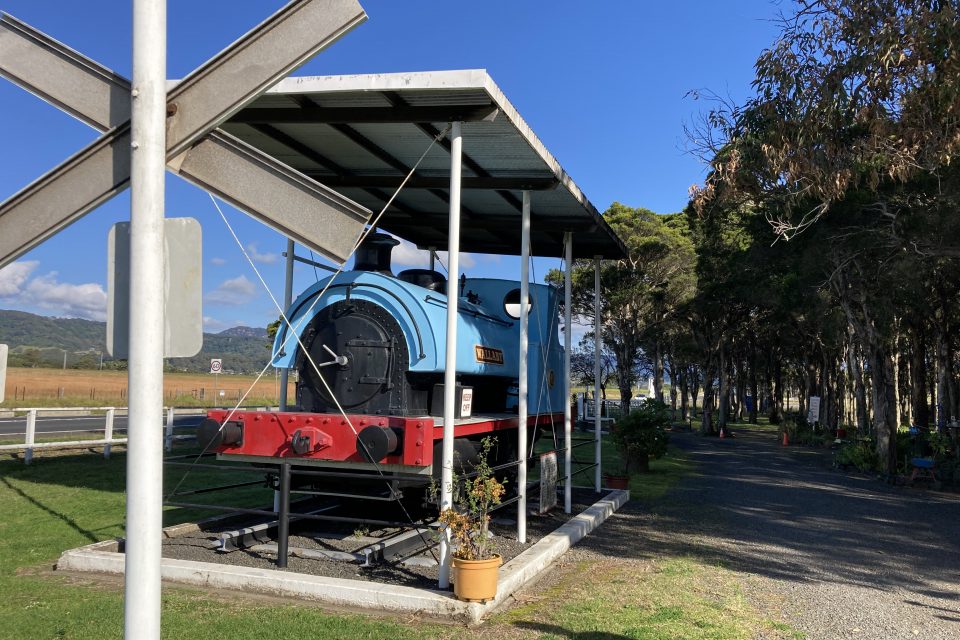
Simply point to an engine and ask Brad, and he’ll tell you with enthusiasm and accuracy its history and what makes it special – though it’s clear he has a soft spot for one in particular.
“This is the most beautiful engine we’ve got, Cairns, but sadly it doesn’t go anymore,” he laments.
In its heyday, the pride of the Railway Museum hauled about 800 tonnes of sugar cane behind it for the Victoria Mill in Ingham, North Queensland before being taken out of service in the 1970s when it joined the museum cohort. There it was in service until it failed its annual boiler inspection one year.
“If you’ve got a spare $500,000 to build a new boiler, we’ll graciously take it,” Brad laughs.
The museum opened in 1972 and has always been operated by proud volunteers who work to ensure an enjoyable trip back in time to “the grand old days of railways”.
Open twice a month, its trains are trotted out to the public on a rotating basis, so they each get their time in the sun.
Volunteers come the day before to prep the rostered train and do a test run. For a steam locomotive, this means lighting up the engine – a process that takes two to four hours. For a diesel, it involves laborious greasing, servicing and inspections.
Once they’re up and running, visitors can catch them from the original Yallah Station Building, which was in use at Yallah from 1890 to 1974 and now sits on a proper concrete platform at the museum. It’s the start and finish point for visitors to loop the grounds three times.
Aside from train rides and the Loco Shed, which visitors can tour with a passionate staff member like Brad, the expansive grounds host many railway-related structures, including The Ken McCarthy Museum Building that’s brimming with railway paraphernalia and the Otford Signal Box, which was built in 1915 and decommissioned after electrification – and was purchased by the museum for a whopping $50.
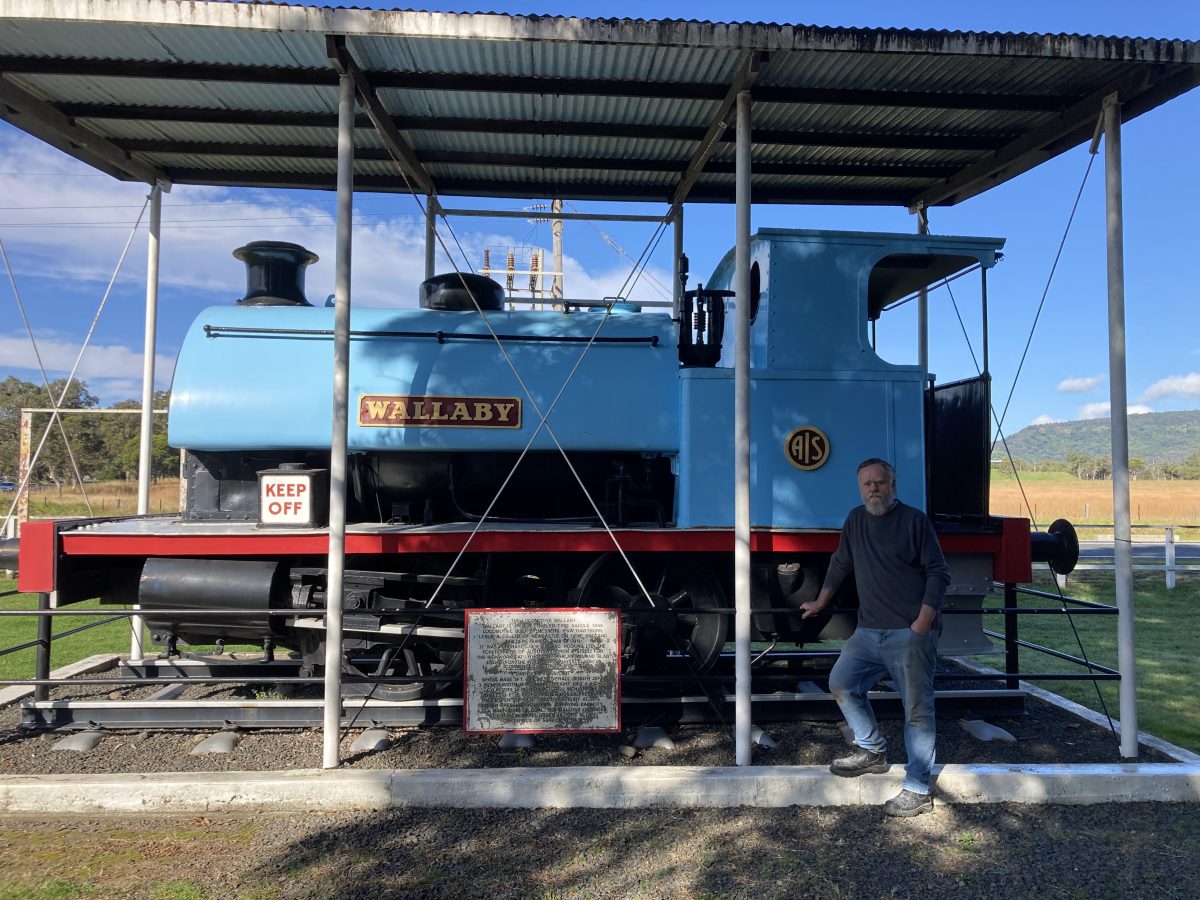
Brad with the Wallaby – the train his dad used to drive at the Port Kembla Steelworks back in the day.
Refreshment is available at the Tramway Dining Car Canteen and Souvenir Shop, a former passenger car for the NSW Government Railway. Built in 1940, it had laid idle at Thirroul Railway Yard before it was brought to the museum where it now has an al fresco dining space attached, overlooking picnic tables and a playground nestled among the gums.
“We’re really gearing the place up towards young families to enjoy,” Brad says. “The only way we can preserve this history is to make sure future generations have the chance to explore it.”
The museum can attract hundreds of people to its special events. It kicks off Shellharbour Kidsfest each year and at Halloween, early series diesel locomotive Seymour becomes the ghost train.
Later this year the museum will be marking the 100th birthday of steam locomotive Burra (short for Kookaburra) arriving at Corrimal, with much fanfare.
“Christmas is big and this year, our Sunday opening fell on Easter Sunday, and the ‘Bunnyhop Express’ attracted upwards of 1800 people,” Brad says.
Brad – a retired Sydney Trains area controller – has been a museum member for 40 years and volunteered with his dad from 1983.
His dad, who started driving trains after leaving the Airforce, used to drive the Wallaby – the bright blue landmark that now sits in pride of place at the entrance to the museum. But that’s yet another story.
The Illawarra Light Railway Museum is located at 48A Tongarra Rd, Albion Park Rail and opens monthly on the second Sunday and fourth Saturday from 10 am to 2 pm.









